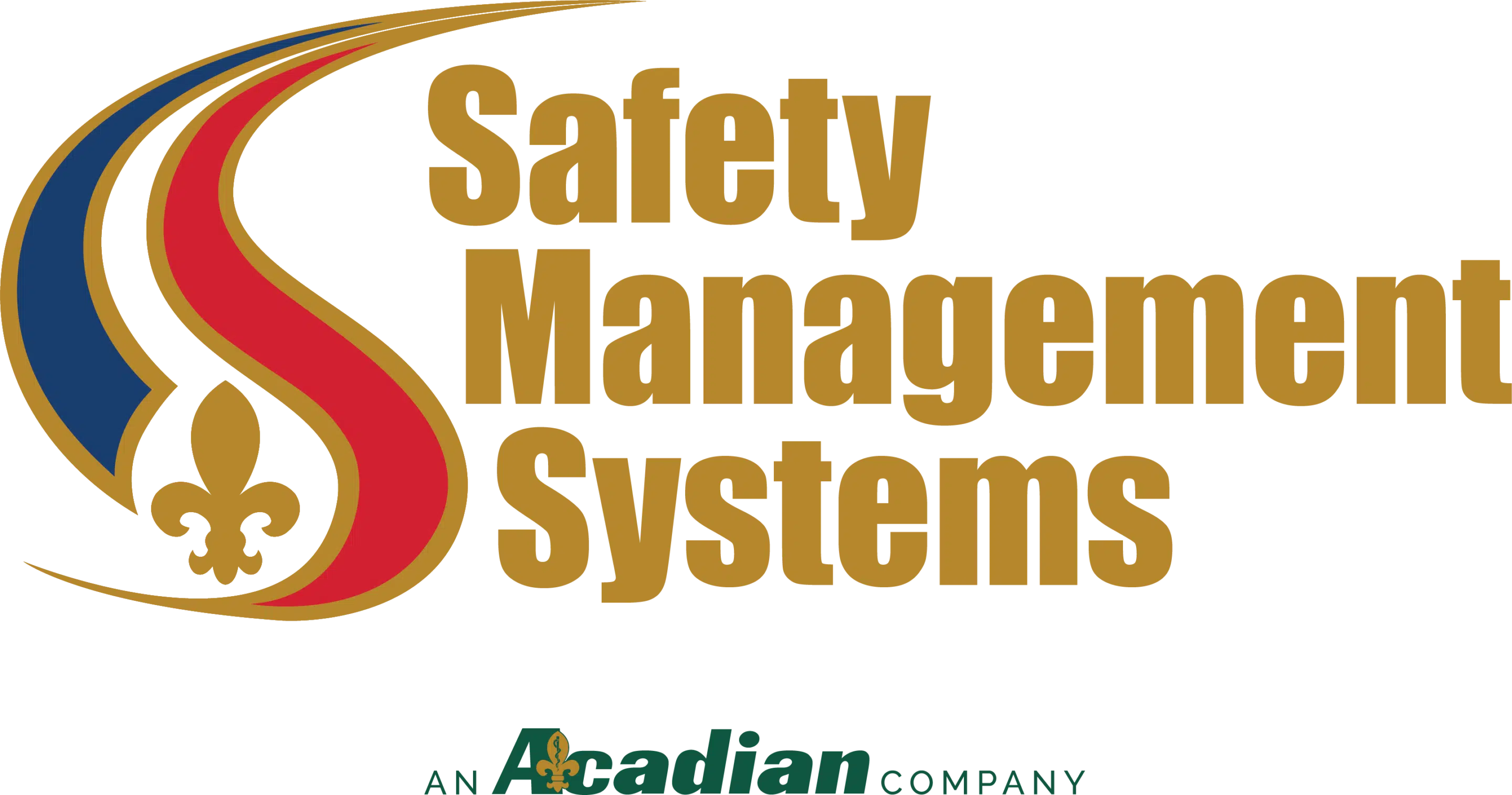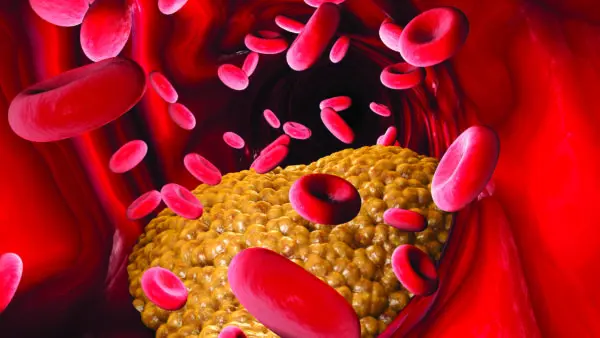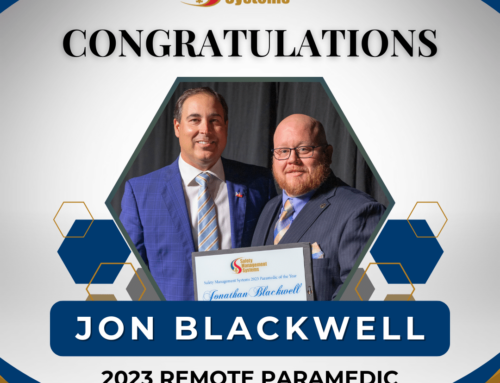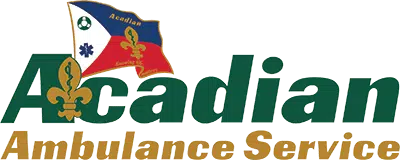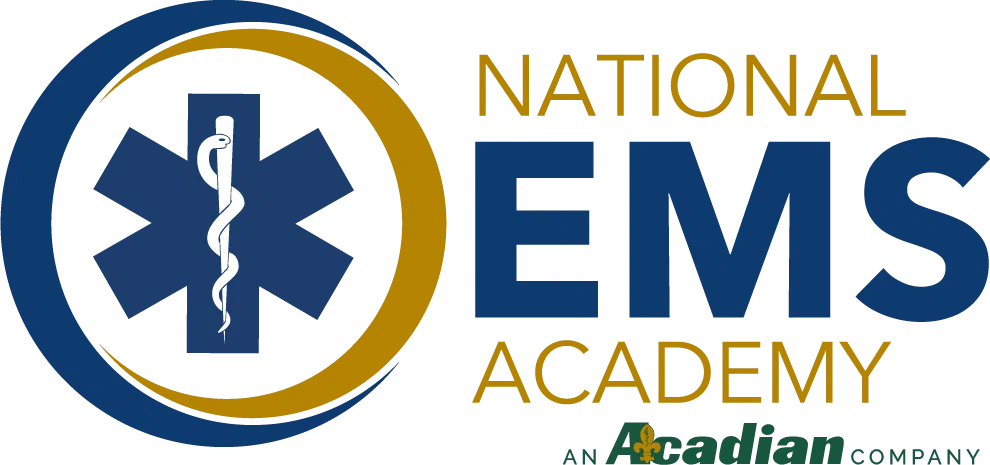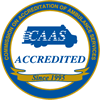In 2013, Dr. Thibodaux partnered with a cardiologist to develop STEMI protocols for workers in the Gulf of Mexico. He says, “Currently, we have thrombolytics, which are clot-dissolving drugs, for STEMI on 16 projects in the Gulf of Mexico.”
When a blood clot, known as a thrombus, blocks a coronary artery in the heart, the patient suffers a heart attack. Current therapy involves opening the coronary vessel to stop the heart attack by mechanical means (cardiac catheterization). A catheter is used to dilate and open the coronary vessel and a stent is placed to keep the vessel open and restore blood flow to the heart muscle.
If a cardiac catheterization lab in a hospital setting is not available, then pharmacological means, like clot-dissolving drugs or thrombolytics, can be used to restore blood flow to the heart muscle. If you have a heart attack, you want to restore blood flow to the heart muscle as soon as possible. Most doctors recommend that this be done within 90 minutes of the onset of symptoms.
However, if a remote offshore worker suffers a heart attack, they will not reach a hospital within that time frame. In these instances, thrombolytics are the key to quickly restoring blood flow to the heart muscle and stopping the heart attack. It is important that the patient not have contraindications for the medication. This can bridge the gap between the onset of the symptoms and the medevac to a definitive care hospital for further cardiac treatment.
